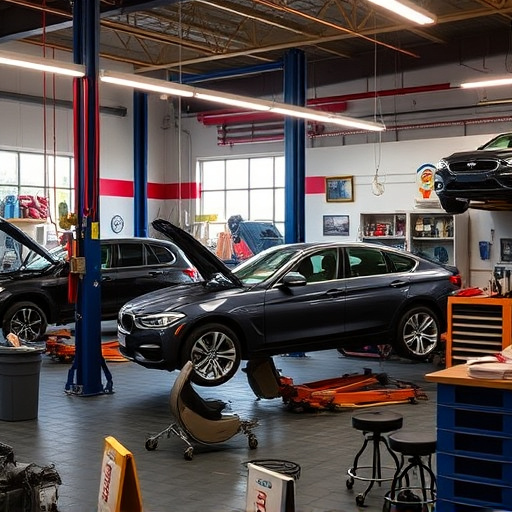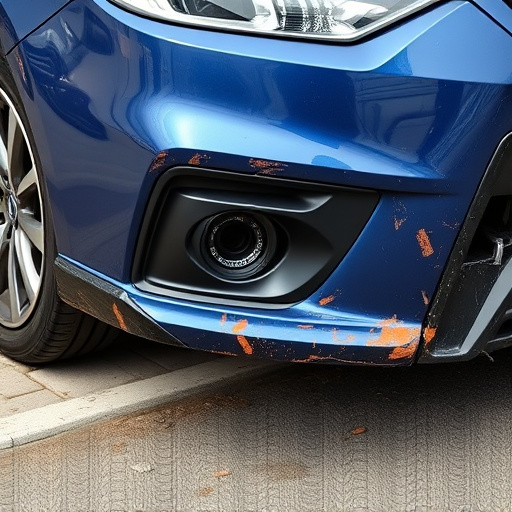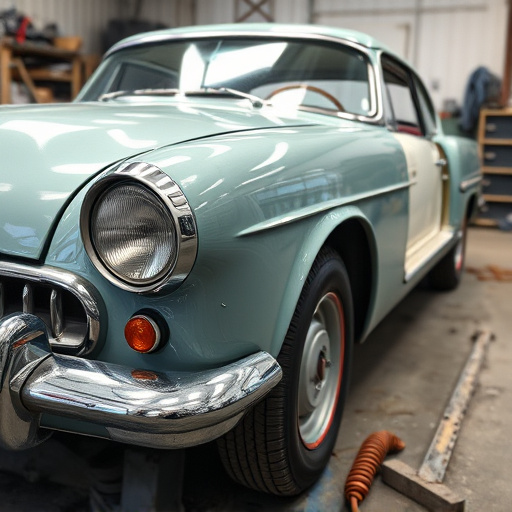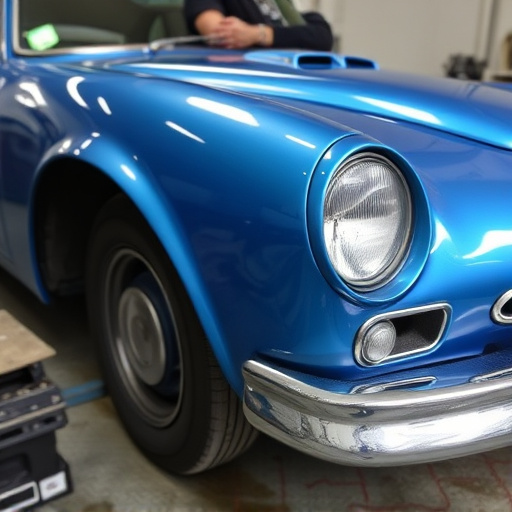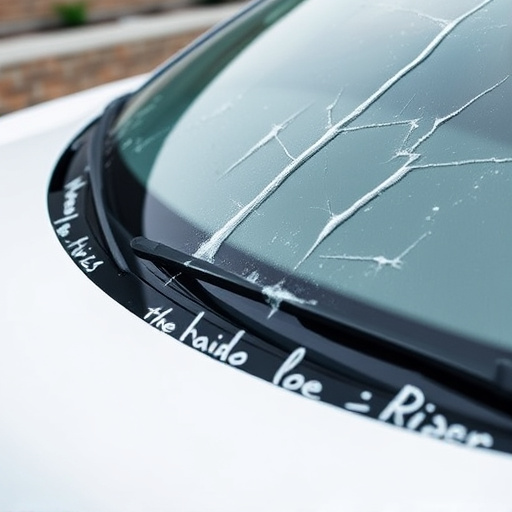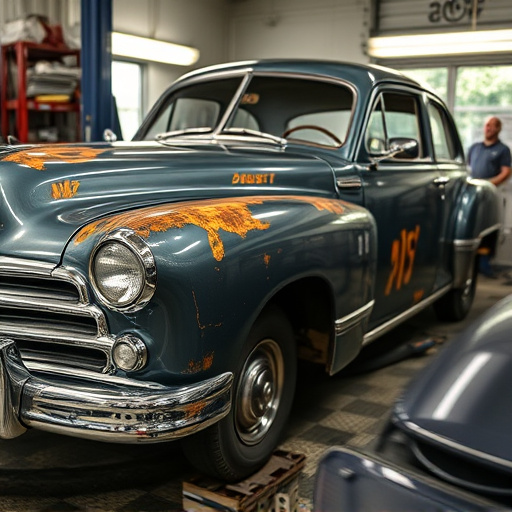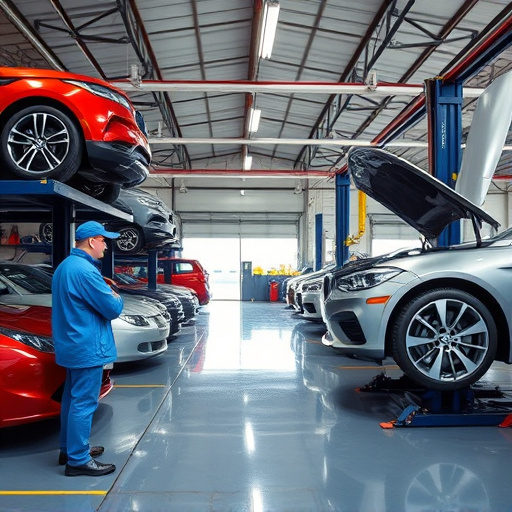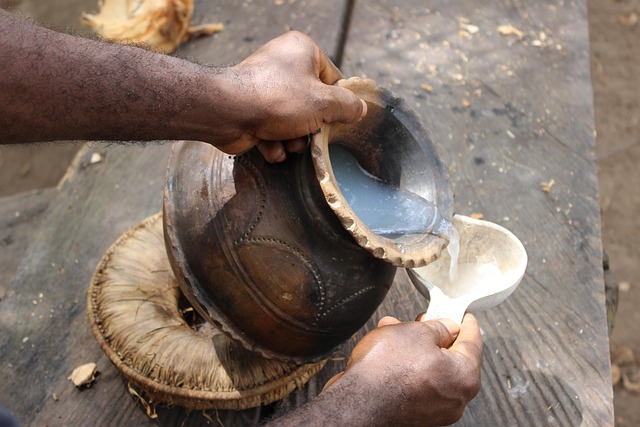Post-repair inspections in advanced frame repair processes ensure structural integrity, aesthetic precision, and vehicle safety. Skilled technicians use specialized tools for Mercedes Benz repair and alignment tests, paint consistency checks, and performance assessments. Technology like 3D scanning and digital imaging streamlines operations, detecting microscopic imperfections, and enhancing the overall quality and longevity of vehicles.
Post-repair inspections are a critical step in ensuring the quality and safety of advanced frame repair processes. This article delves into the essential practices and protocols that define these inspections, focusing on key elements crucial for accurate assessment. We explore how technology enhances quality assurance, transforming the way repairs are evaluated in the advanced frame repair industry. By understanding these protocols, professionals can maintain high standards and deliver top-tier results.
- Understanding Post-Repair Inspection Protocols
- Key Elements in Advanced Frame Assessment
- The Role of Technology in Quality Assurance
Understanding Post-Repair Inspection Protocols

Post-repair inspections are a critical aspect of advanced frame repair processes, ensuring that vehicles return to their pre-accident condition. These meticulous checks involve a comprehensive evaluation of various components, from structural integrity to aesthetic precision. In an auto collision center, technicians skilled in Mercedes Benz repair and beyond employ specialized tools to verify the quality of repairs, identifying even the subtlest deviations from factory standards.
This protocol goes beyond mere visual inspections. It includes rigorous tests for alignment, paint consistency (important for auto glass repair as well), and overall performance. By adhering strictly to these protocols, advanced frame repair facilities guarantee customer satisfaction and safety. This meticulous approach ensures that vehicles not only drive smoothly but also provide peace of mind, knowing they have undergone the utmost scrutiny following their repair process.
Key Elements in Advanced Frame Assessment

In the realm of advanced frame repair, a meticulous assessment is paramount to ensure the structural integrity and safety of vehicles post-repair. Key elements in this comprehensive evaluation include detailed inspections of the vehicle’s frame, suspension systems, and critical safety features. Experienced technicians utilize advanced tools and techniques to identify even subtle defects, ensuring every component meets the highest standards. This rigorous process goes beyond mere visual inspection; it involves precise measurements, computer-aided diagnostics, and functional testing to verify that all systems are operating optimally after a repair or collision.
A crucial aspect of advanced frame assessment is the comparison against original manufacturer specifications. Technicians scrutinize alignment, angle, and dimension, making fine adjustments as needed. This meticulous approach guarantees that the vehicle’s structural integrity is restored, enhancing safety and performance. Moreover, understanding the intricacies of bumper repair and its impact on the overall frame is vital, especially in modern vehicles with sophisticated crash-test ratings. By seamlessly integrating these repairs into the broader advanced frame repair process, auto repair shops near me can deliver top-tier vehicle repair services.
The Role of Technology in Quality Assurance
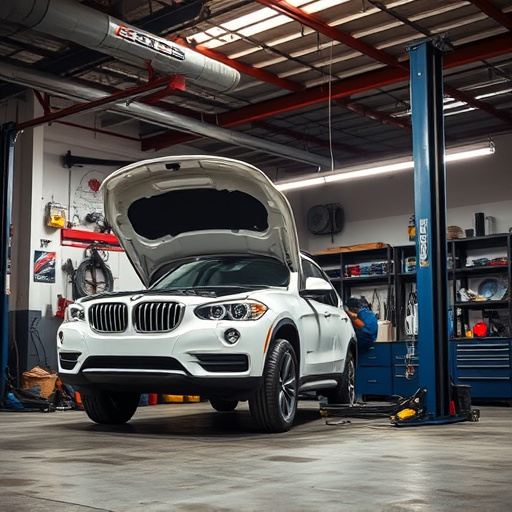
In the realm of advanced frame repair, technology plays a pivotal role in quality assurance. Modern tools and software are transforming how post-repair inspections are conducted, ensuring precision and accuracy down to the smallest detail. For instance, 3D scanning technology can capture precise measurements of vehicle structures, enabling thorough assessments and facilitating the detection of even microscopic imperfections.
This technological advancement is integral to car bodywork services, as it helps collision centers deliver top-notch repairs. By integrating digital imaging and specialized software, auto glass repair processes are also enhanced, guaranteeing seamless installations that meet industry standards. Ultimately, these innovations not only streamline inspection protocols but also contribute to the overall quality and longevity of vehicles undergoing advanced frame repair.
Post-repair inspections are an integral part of any advanced frame repair process, ensuring that vehicles return to the road safely and reliably. By understanding inspection protocols, utilizing key assessment elements, and leveraging technology for quality assurance, repair shops can maintain high standards in their work, fostering customer trust and satisfaction with advanced frame repairs.
